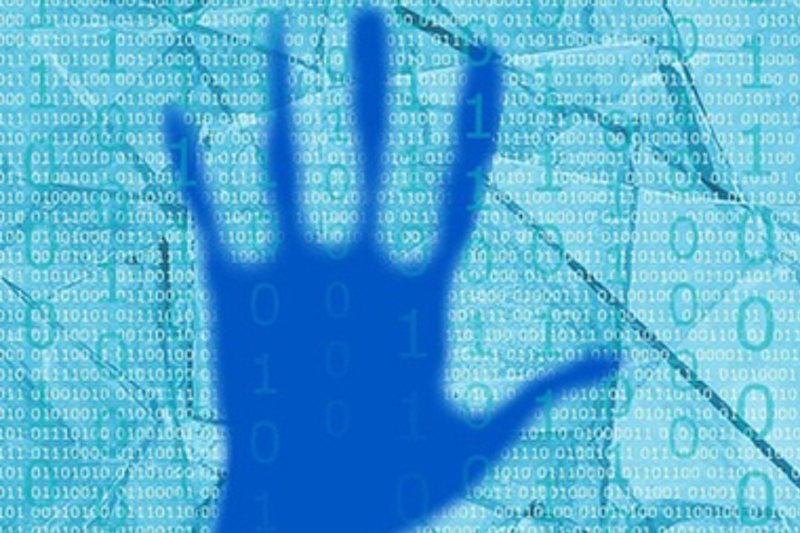Although the integration of information technology (IT) and operational technology (OT) has benefitted the pharmaceutical industry, integrating the two can expose vulnerabilities — especially in legacy systems that weren’t designed to withstand modern cyberthreats.
MC: Do you think that AI could tackle vulnerabilities in legacy cybersystems?
RH: OT legacy systems are often the weakest link in a business’ cybersecurity. Designed in an era before sophisticated cyberthreats, these technologies typically lack the necessary security features to defend against modern hazards. Although this is a notable issue, AI-driven security solutions can offer companies a way to protect these systems.
By continuously monitoring OT environments for unusual patterns or behaviours that could be indicative of a security breach, AI can identify threats that a human operator may miss. Artificial intelligence technology can also analyse vast data streams in real-time, providing a proactive approach to cybersecurity.
MC: Why is IT/OT collaboration important and how can AI facilitate it?
RH: Effective collaboration between IT and OT platforms is key to creating a secure digital environment, but they often operate with different priorities, languages and workflows. AI can help to bridge this gap by providing a common platform for IT and OT teams to work in tandem. By offering real-time insights into both systems, the technology can identify where collaboration is needed and improve communication by
translating each platform’s respective technical jargon. This is particularly important when implementing security policies that impact both environments.
The nature of both IT and OT networks also means that, during integration, network management can be a significant challenge. IT systems prioritise data integrity and confidentiality, whereas OT systems emphasise availability and reliability; these differences can result in holes in the system’s security.
With AI, however, manufacturers have access to a unified view of the IT and OT environments, automatically responding to security threats across both domains. The technology can both facilitate the collaboration between IT and OT systems and offer insights into how one domain may influence the other. It also allows companies to maintain compliance with cybersecurity regulations.
MC: What influence does AI have on process optimisation?
RH: In complex industrial environments, even minor mistakes can lead to operational disruptions or cybersecurity threats. However, AI can optimise these processes while also reducing the risk of human error.
Patch manager tools can automate routine tasks such as system updates and security configurations, ensuring that important tasks are executed consistently and accurately. AI can also process data to identify inefficiencies or shortfalls in security, allowing manufacturers to implement more secure and streamlined operations.
MC: Is AI the future of IT/OT Integration?
RH: AI is a transformative tool that can greatly improve IT/OT integration. As businesses navigate the complexities of merging these systems, AI’s ability to predict, detect and respond to threats is crucial to maintain robust cybersecurity.

